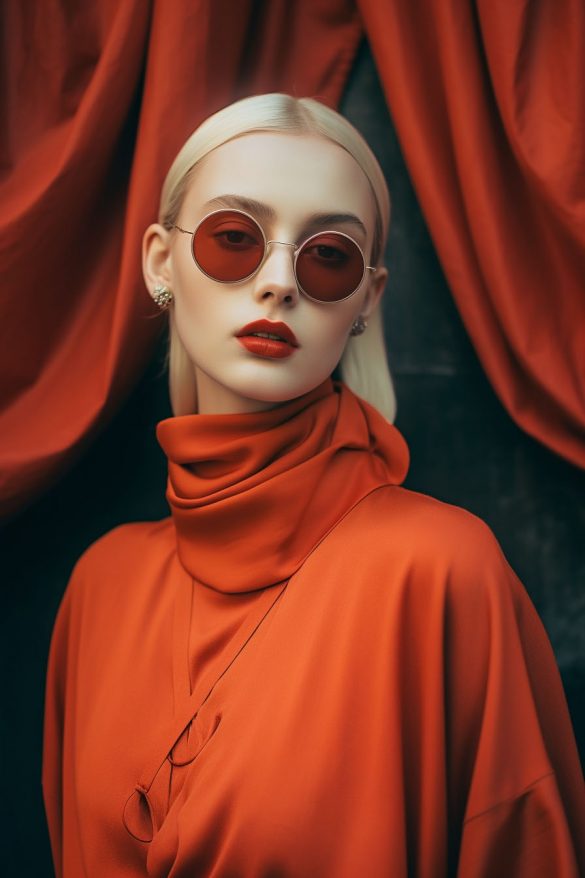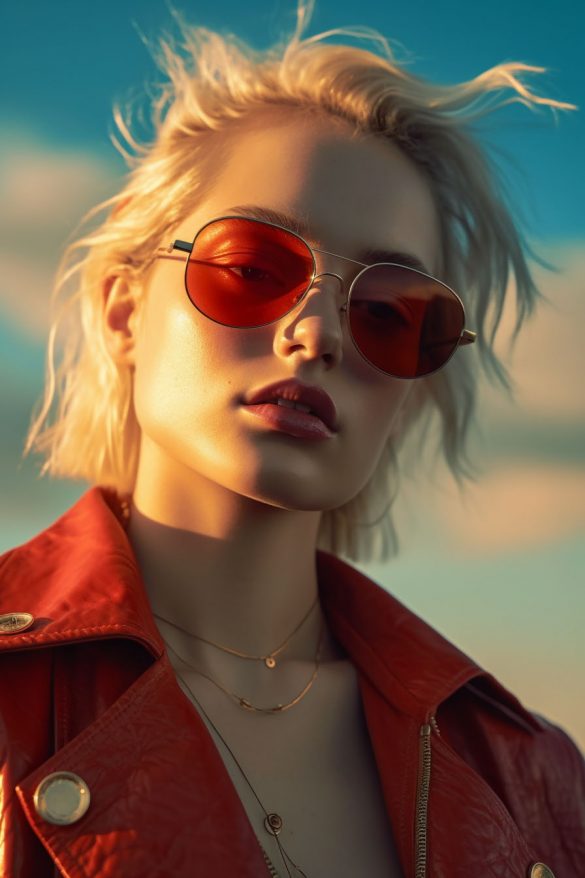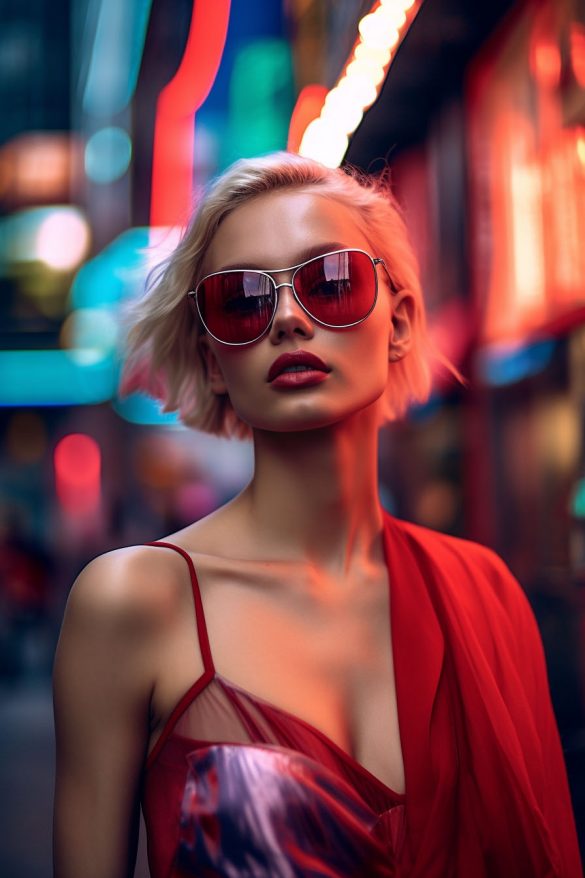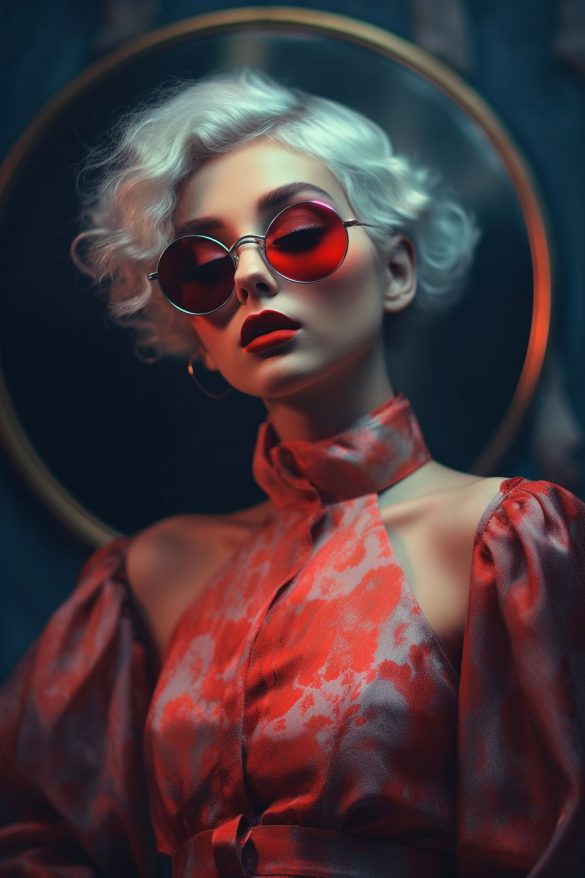A portrait is not made in the camera but on either side of it.
– Edward Steichen –
the AI agrees…
The future benefits of utilizing AI (Artificial Intelligence) and NFT (Non-Fungible Token) technology in photography are significant and transformative. Here are some potential advantages:
Automated Editing and Post-Processing: AI algorithms can analyze images, understand composition, lighting, and subject matter, and automatically apply intelligent editing techniques. This streamlines the editing process, saves time, and ensures consistent and high-quality results.
Intelligent Image Recognition and Tagging: AI-powered image recognition can automatically identify objects, people, locations, and other elements within photographs. This enables efficient categorization, organization, and tagging of large photo libraries, making it easier to search and retrieve specific images.
Advanced Image Enhancement: AI algorithms can enhance image quality by reducing noise, improving sharpness, and adjusting colors and tones. This can significantly enhance the visual appeal of photographs and provide professional-level results even for novice photographers.
Content-Based Image Search: AI-powered image search capabilities allow photographers to find visually similar images or search for specific elements within photographs. This facilitates efficient image research, inspiration, and the ability to locate images based on specific visual criteria.
Predictive Analytics for Photo Shoots: AI algorithms can analyze historical data, including lighting conditions, weather patterns, and location-specific information, to provide predictive insights for upcoming photo shoots. This helps photographers plan and prepare better, ensuring optimal conditions and capturing the desired shots.
Copyright Protection and Attribution: NFT technology can be leveraged to establish ownership and ensure copyright protection for photographs. By tokenizing photographs as NFTs, photographers can prove the authenticity and ownership of their work, preventing unauthorized use and providing a clear record of ownership transfers.
Monetization of Digital Assets: NFTs provide a unique opportunity for photographers to monetize their digital assets. By tokenizing and selling limited-edition or exclusive photographs as NFTs, photographers can create a new market for digital collectibles and generate additional revenue streams.
Enhanced Collaboration and Licensing: NFTs can simplify and automate licensing agreements for photographers. Smart contracts associated with NFTs can automatically manage licensing terms, usage rights, and royalty payments, providing a secure and transparent mechanism for photographers to collaborate with clients and license their work.
AI-Powered Image Analysis and Insights: AI algorithms can analyze photographs at a deeper level, extracting information such as sentiment analysis, demographic profiling, or object recognition. This provides photographers with valuable insights about the impact and reception of their work, aiding in portfolio curation, marketing strategies, and targeted audience engagement.
Personalized Art Recommendations: AI algorithms can analyze a user’s preferences, viewing history, and contextual information to provide personalized art recommendations, including photographs. This enables photographers to reach a wider audience and connect with individuals who have a genuine interest in their work.
By integrating AI and NFT technology into photography, photographers can benefit from streamlined editing processes, enhanced image quality, efficient organization and search capabilities, copyright protection, monetization opportunities, and valuable insights. These advancements empower photographers to unleash their creativity, reach broader audiences, and unlock new possibilities in the evolving digital landscape of photography.
All image material is the property of Infinet Media Ltd.
It can only be used after written permission has been granted. Any other use will be legally prosecuted as copyright infringement.













